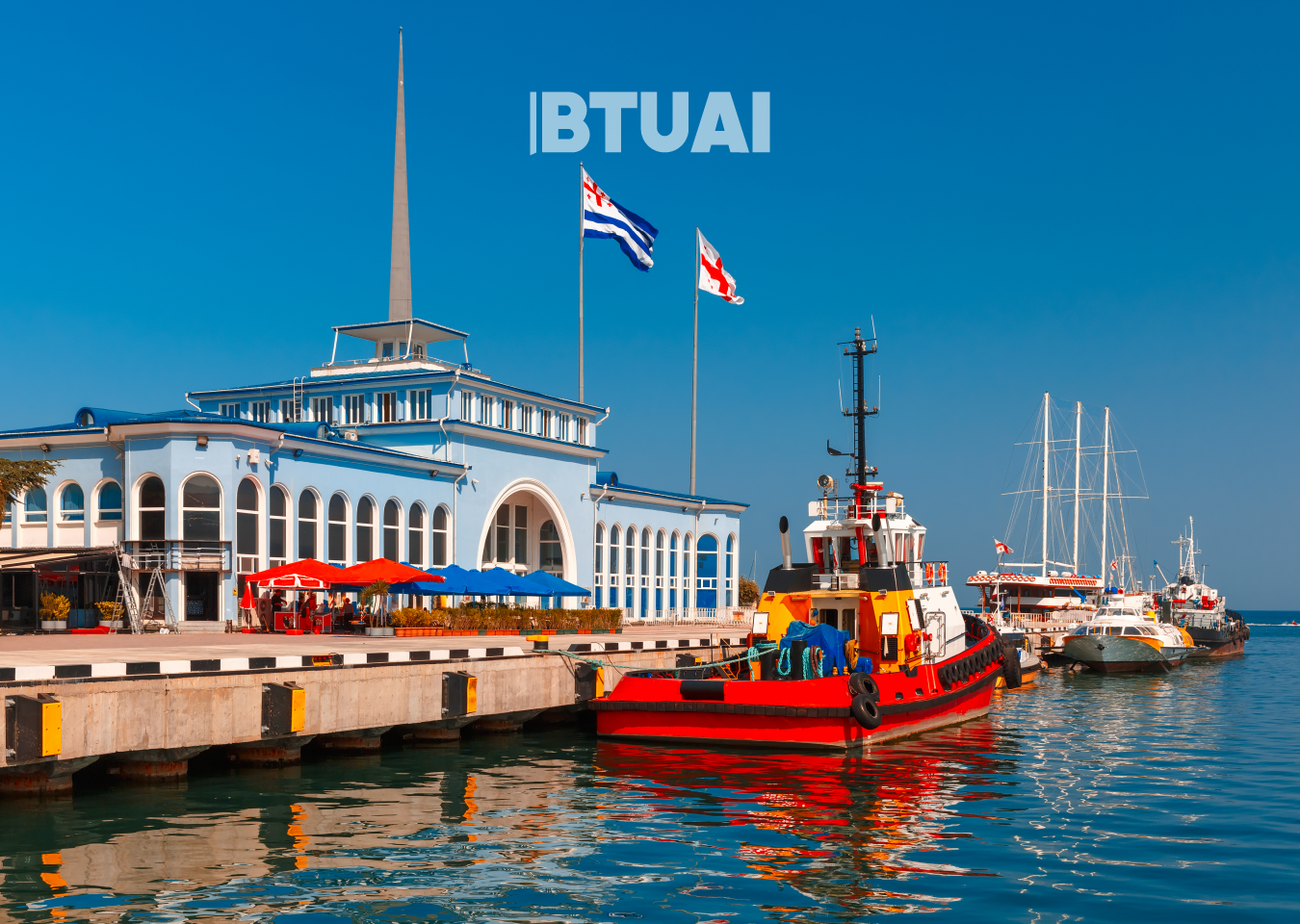Georgian Ports: Stable Cargo Turnover and Untapped Tourism Potential
In 2024, Georgian ports and maritime terminals handled 15.6 million tons of cargo, which is approximately 6% more than

In 2024, Georgian ports and maritime terminals handled 15.6 million tons of cargo, which is approximately 6% more than the previous year (source: Geostat). This growth shows that maritime transport continues to play an important role in the country’s economy, though there is no sign of a sharp increase yet. Georgia’s geographical location makes it a key transit hub, which is becoming even more relevant amid shifts in global supply chains. Given international trade dynamics and the region’s logistical capabilities, these figures should be viewed in a broader strategic context.
At the same time, Georgian Railways transported 13.7 million tons of cargo, highlighting the fact that both maritime and rail transport together form a crucial transit corridor. The coordinated operation of Georgian ports and railways is particularly vital in the development of the China-Europe transport corridor. Over the past few years, global interest in the region’s transport routes has been growing, creating additional opportunities for infrastructure projects and strengthening logistics networks.
Another interesting detail is the distribution of ships arriving at Georgian ports. The majority sail under the flags of Turkey (18%) and Panama (16%), while Malta (10%), Liberia (9%), and Russia (5%) also have a significant presence. These figures clearly reflect Georgia’s role in regional and international trade networks. Turkey, as Georgia’s largest trading partner, naturally plays a major role in maritime shipments, while the high number of ships registered under Panama and Liberia underscores global shipping trends, where vessel owners often choose these countries for registration due to regulatory and tax advantages.
While cargo turnover remains stable, the passenger transport sector tells a different story. In 2024, Georgian ports served only 7.9 thousand passengers. Although this figure represents a 2% increase compared to the previous year, overall, the country’s potential for maritime tourism and passenger transport remains largely untapped. The tourism infrastructure in Batumi and Poti ports is still underdeveloped, despite their favorable geographical location and the growing popularity of the Black Sea region. The cruise industry has seen significant expansion in recent years, especially in the Mediterranean and Baltic regions, yet the Black Sea remains behind in this trend.
To address this challenge, the government and private sector need to develop a strategy for maritime tourism, which should include improving passenger infrastructure, opening new sea routes with neighboring countries, and creating new tourism products. Expanding Batumi’s port and making it more accommodating for cruise ships could significantly increase tourist inflows, boosting the local economy. Georgian ports have the potential to become key players in regional cruise tourism, but this will require long-term investments, stronger marketing efforts, and active cooperation with international cruise operators.




